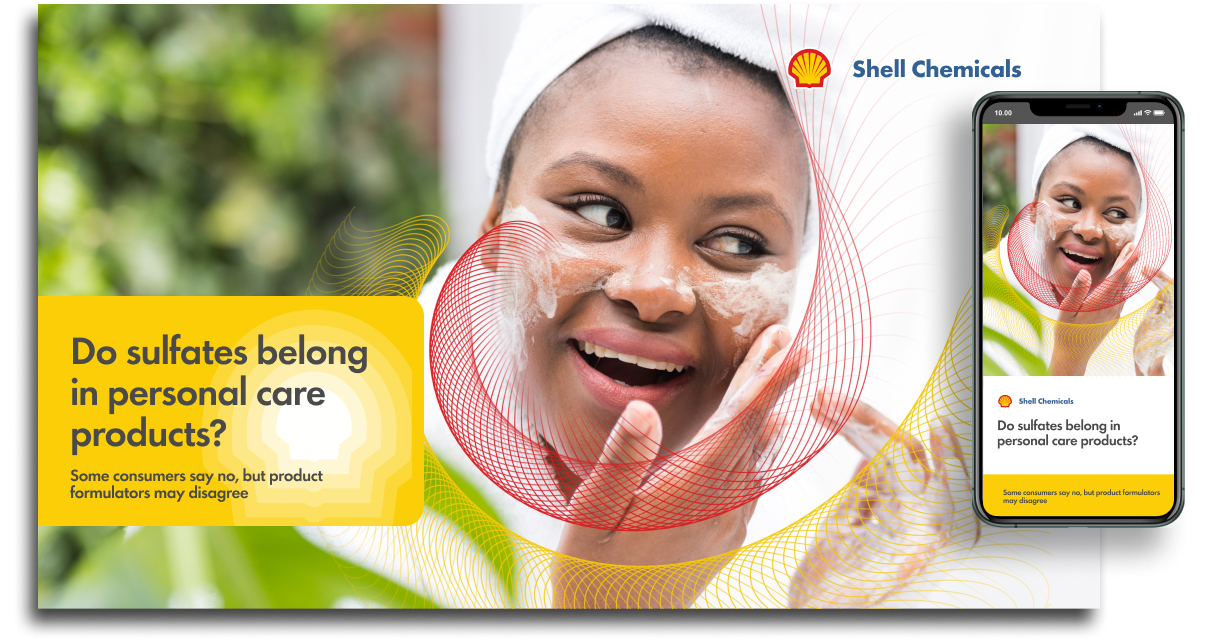Learn why SLS SLES and sulfonate surfactants are misunderstood by personal care consumers.
Consumers are caught in a swirl of mixed messages about sulfates like SLS and SLES. Are they too harsh — or simply misunderstood? Conflicting claims online and confusion about labels leaves consumers unsure about their choices and manufacturers struggling to respond with formulations that balance performance, safety, and consumer perception.
Some brands are reformulating, while others continue to rely on sulfates for their effective cleansing properties.

Sodium lauryl sulfate and sodium laureth sulfate – key surfactants in personal care
Sodium lauryl sulfate and sodium laureth sulfate are two of the most widely used sulfate surfactants. They provide excellent foaming and cleansing performance, making them essential in shampoos, body washes, and other personal care products. But how do they compare in terms of mildness, efficacy, and sustainability?
Sulfate vs. sulfonate surfactants: What’s the difference?
When evaluating surfactants, understanding sulfate vs. sulfonate surfactants is crucial. While SLS and SLES are effective in breaking down oils and dirt, sulfonate-based alternatives may offer benefits in specific applications, such as improved stability in hard water and gentleness on sensitive skin.
Get the guide to make informed choices on SLS, SLES and sulfonate surfactants
Navigate performance needs, consumer perception about SLS, SLES, and sulfonate surfactants. Download our guide for a balanced, science-based look at the debate. Inside, you’ll explore:
- The pros of sulfates, including strong cleansing power and rich lather
- The cons, such as potential skin irritation and environmental concerns
- Ways to address consumer skepticism about sulfates

